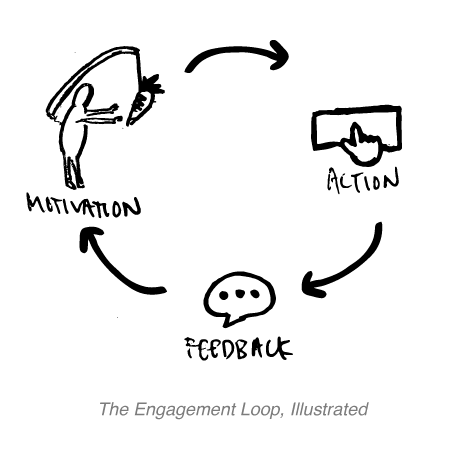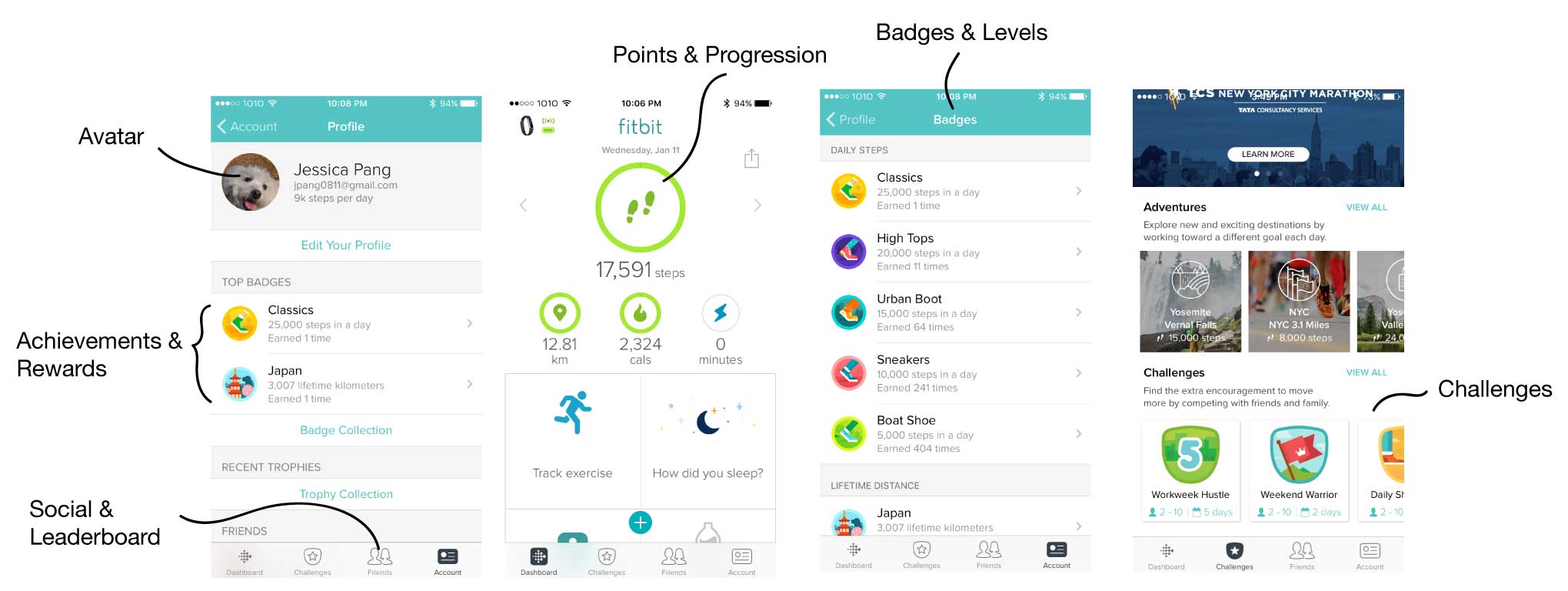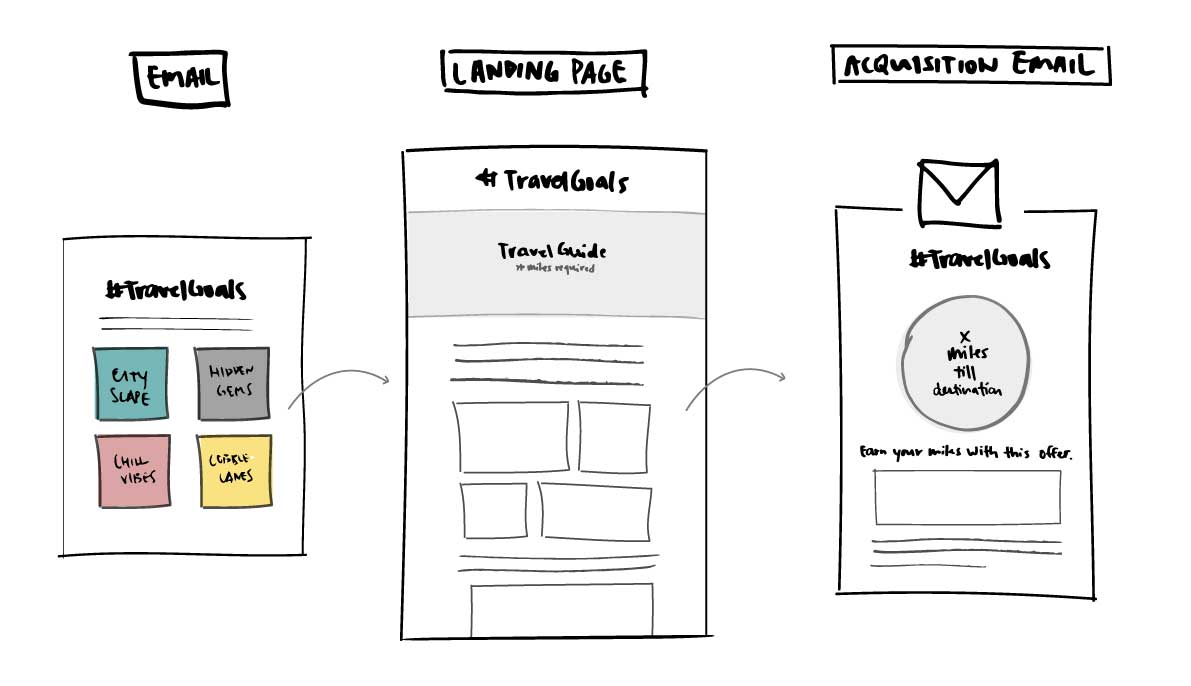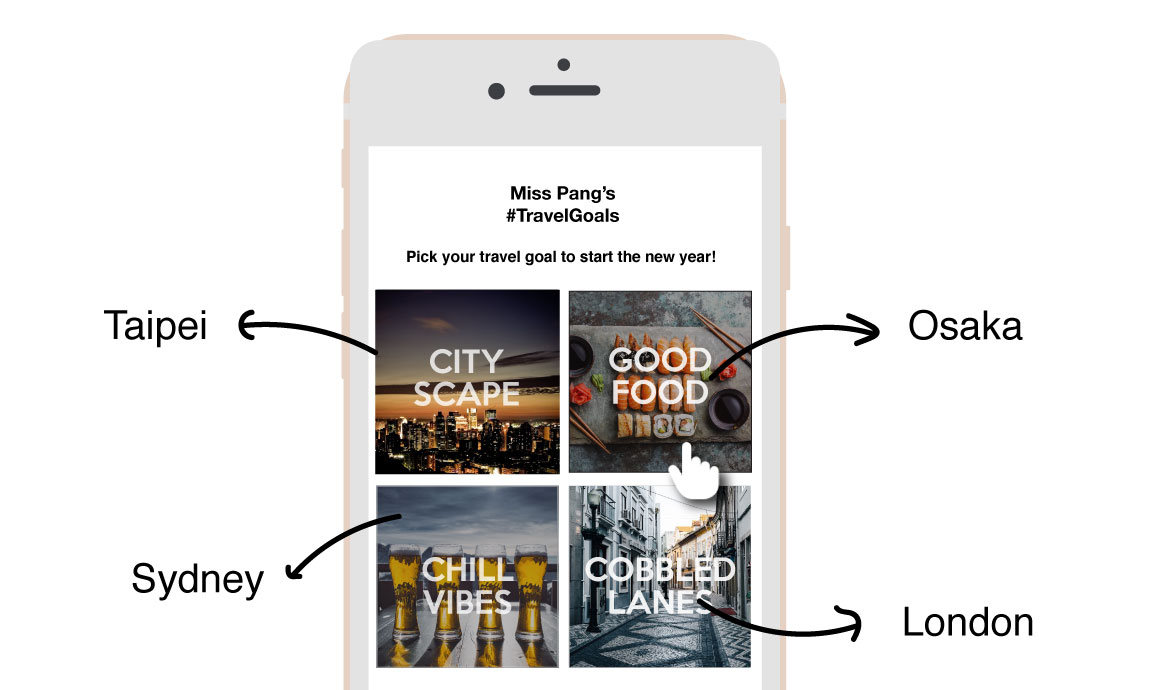Data-Driven UX Series Part 3 of 3
Building Sustainable Engagement
After pioneering the the best practices to Personalization and Engagement, I realized optimizing them were not enough to sustain engagement.
Life is a Game
At the time of this realization, Pokemon Go had just launched and I had picked up a new FitBit. I triumphed at every new Pokémon I caught or every virtual fireworks FitBit threw me when I hit my daily goal of 10,000 steps. So what was it that kept me hooked and what did they have in common?
Game Design.
Gamification
It became clear to me - Gamification creates Sustainable Engagement.
I spent the next few weeks reading all about gamification and enrolled in an online course from Coursera by UPenn's Professor Kevin Werbach. (Great course, by the way.)
To begin, one must understand that Game Design is not just a game for pure entertainment purposes. In fact:
"Gamification is the use of game elements and game design techniques in non-game contexts."
- Professor Kevin Werbach, UPenn
The Framework
In one of my projects #TravelGoals, I modeled after Professor Werbach's framework.

Motivators
Motivation drives behavior and is the heart of gamification.
Amongst the 3 types of motivators, one may be more effective than another when activated at specific stages of the user journey or even for specific industries.

Positive Motivators allow users to craft their own strategy within the game and give them a sense of meaning and progress.

Neutral Motivators are about the social interactions and badge collection mechanisms alike.

Negative Motivators instill a sense of urgency and scarcity to prompt the user to take action otherwise.
Habit-Forming
The key to loyalty is getting users Hooked, borrowing the term from the book's author Nir Eyal. Gamification builds on the same concept of building Habits in the form of loops.

Engagement Loop is about keeping the user hooked with the right incentives.
Progression Loop is very much like designing user journeys, taking them through one stage after another.
Game Design
Game Design is the orchestration and engineering of game elements, and transforming them into great user experiences or in this context, a fun game. As with my FitBit, it's the orchestration of game elements like Badges, Leaderboard, Levels and Social Challenges that bring about the fun in fitness.

Game element examples from FitBit
Starting with #TravelGoals
#TravelGoals is about helping users attain their travel goal by keeping track of their progress, recommending offers to fast track and finally celebrating that special moment of triumph.

User Journey Flow for setting #TravelGoals
As a first step, users pick their travel goal and then land on one of four travel guides which best depict the image.







